In the wake of rapid urbanization in African cities, profound implications emerge for traditional architectural styles and cultural preservation. The multifaceted relationship between modernization, urbanization, and the continuity of traditional African architectural designs becomes evident. Drawing insights from historical context, the dynamics of development studies, and the implications of urbanization reveals how African cities grapple with the delicate balance between embracing modern architectural influences and preserving their unique heritage. As the continent’s urban population teeters on exponential growth, the pressing question arises: Can traditional architecture coexist with the demands of urban development?
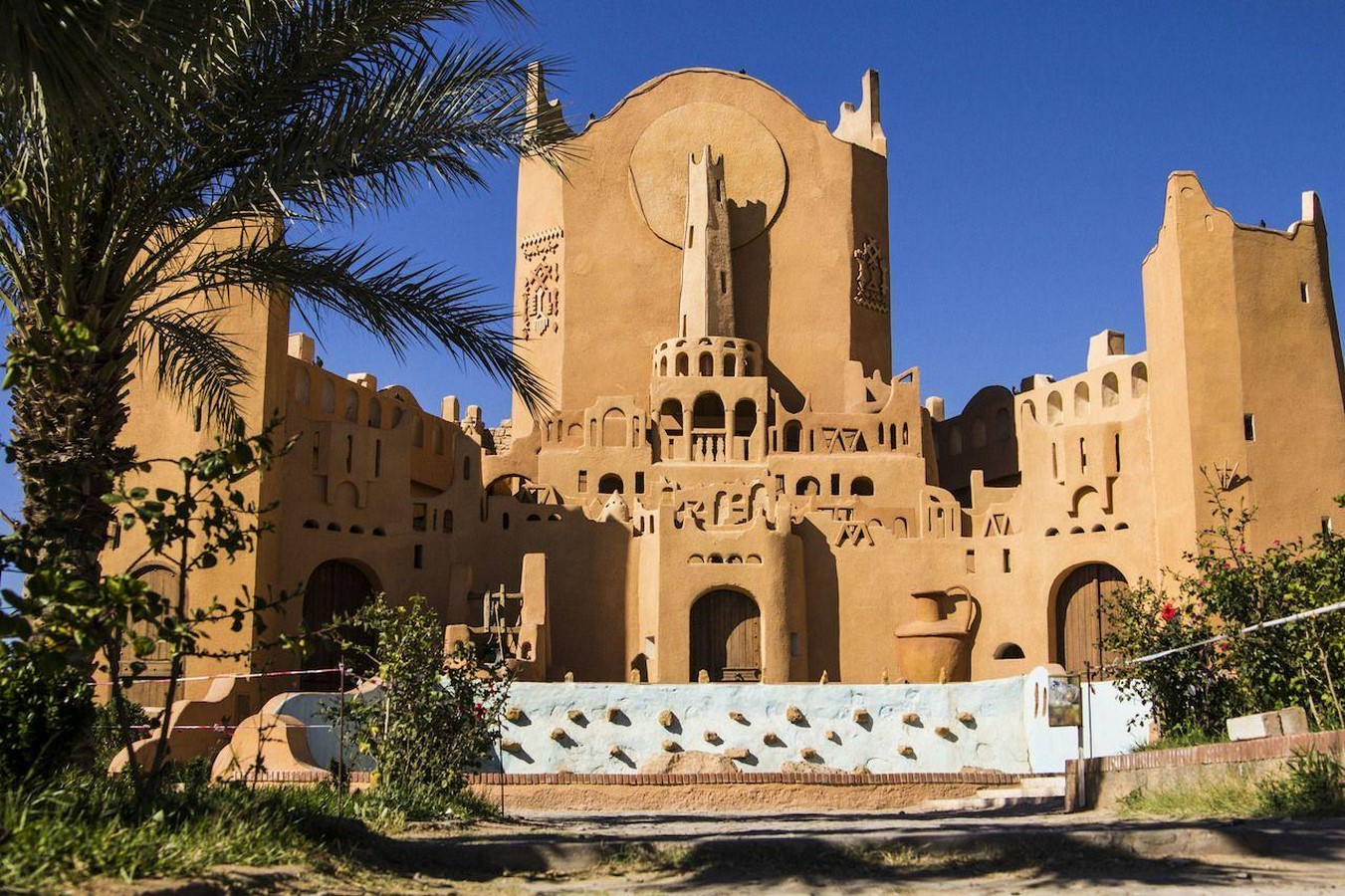
Africa is currently undergoing a remarkable transformation, with cities throughout the continent evolving at an unprecedented speed, driven by the dynamic forces of urbanization intricately connected to the process of modernization. By 2050, the United Nations predicts that a whopping 68% of the global population will call cities home, with a substantial portion of this growth unfolding right here in Africa. Amidst this rapid urbanization, both opportunities and concerns arise, especially in the realms of architecture and cultural preservation.
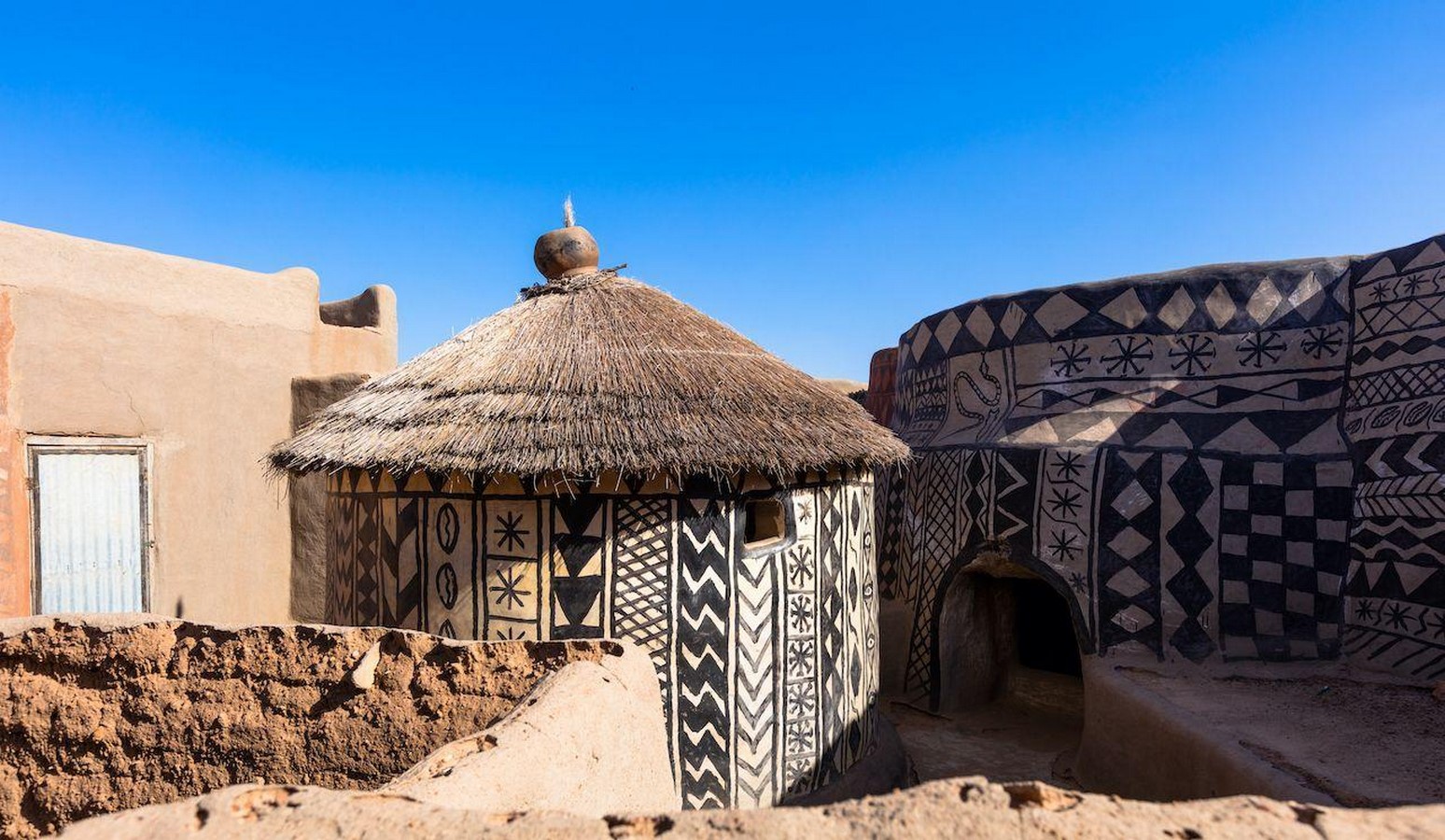
The Paradox of Modernization and Development
Throughout history, Africa has frequently been perceived through the perspective of modernization and development, as external powers have endeavoured to exert their influence on the continent. Whether during the era of colonial empires in the late 19th century or in today’s context of contemporary geopolitical interests, the prevailing narrative has consistently centered on power dynamics. Yet, the influence of modernization and development on Africa’s cities unfolds as a complex narrative. Embracing modernization, African nations have seen rapid urbanization emerge as a defining feature, though not without its set of challenges.
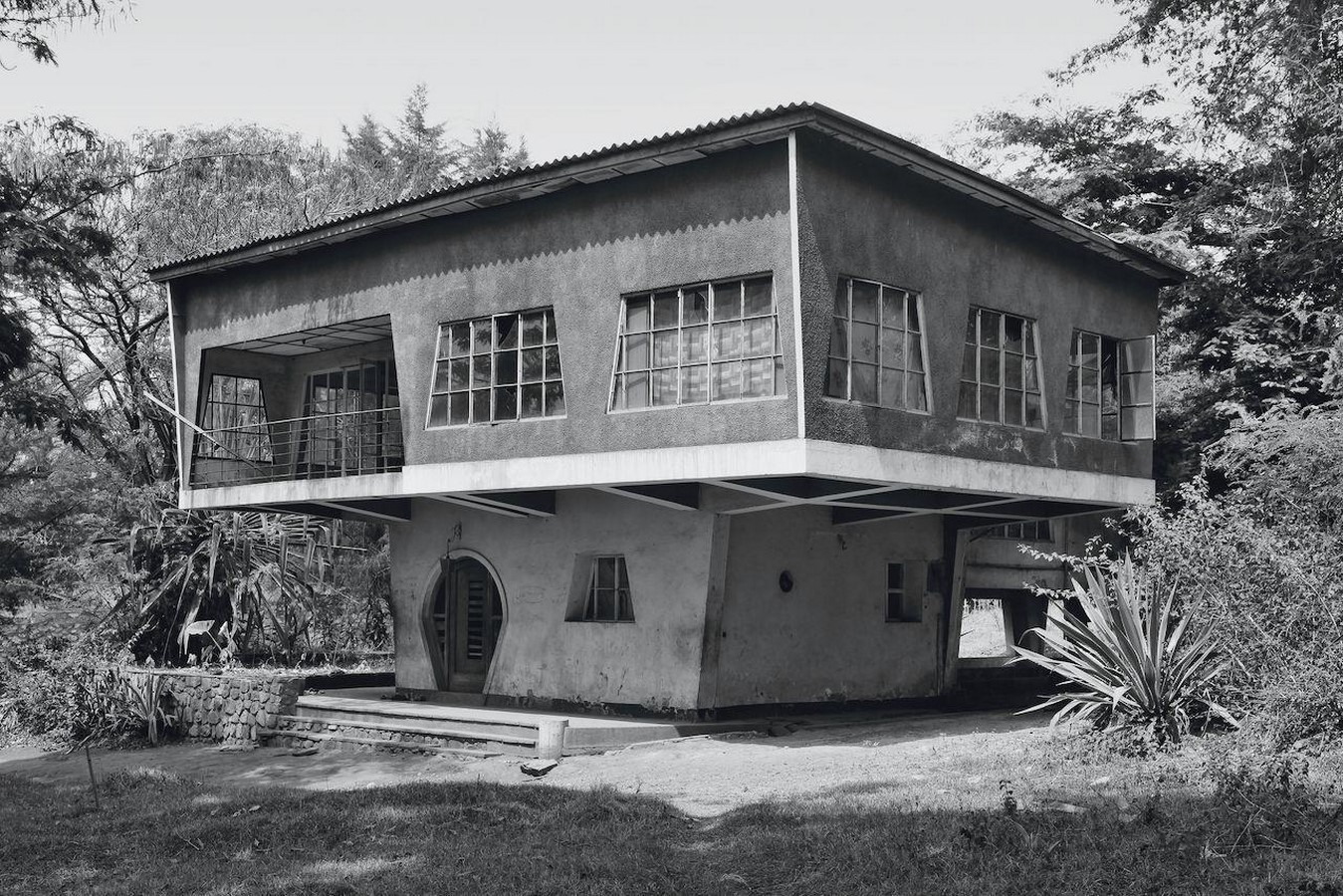
While urbanization propels economic growth and development, it has, at times, sparked social upheaval and cultural changes. This phenomenon has triggered migration from rural areas to cities, as thousands of Africans seek improved living conditions.
Yet, this migration often turns cities into stepping stones, places where traditional ways of life are disrupted. The lack of proper urban planning has also resulted in the emergence of large informal settlements, impacting health, the environment, employment, and education.
Urbanization and the Need for Sustainable Development
SDG 11, dedicated to “Making cities and human settlements inclusive, safe, resilient, and sustainable,” emphasizes the significance of fostering liveable urban spaces. However, achieving this goal in the context of African cities is proving to be quite the challenge. The swift rate of urbanization often catches cities off guard, leaving them grappling to provide essential services and develop necessary infrastructure for their expanding populations. African cities are now tasked with the complex mission of achieving sustainable urbanization, balancing the demands of modernization with the imperative to preserve their rich cultural and architectural heritage.
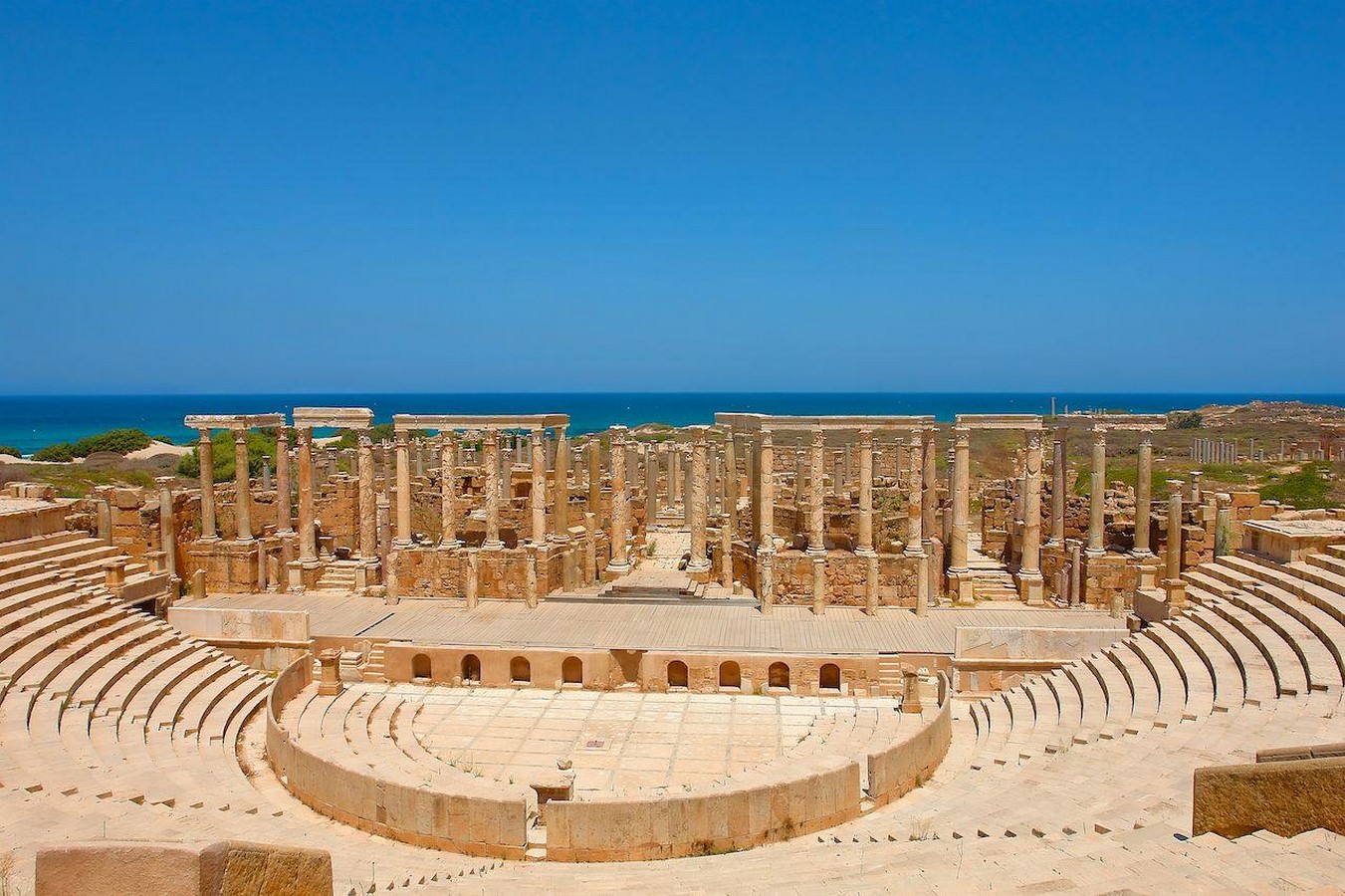
The Impact on Traditional African Architecture
Traditional African architecture has long been a reflection of culture, environment, and community values. Styles vary across regions, featuring unique building materials, designs, and construction techniques. However, the push for modernization, urban growth, and Western architectural influences has started to reshape the architectural landscape of African cities.
One of the significant impacts is the encroachment of Western architectural styles into traditional urban spaces. As African cities expand and modernize, the demand for new structures, infrastructure, and housing has led to a surge in contemporary architectural designs.
Moreover, modernization and urbanization have introduced Western building materials and construction techniques, leading to a decline in traditional methods. This shift has raised concerns about the preservation of ancient construction knowledge, such as mudbrick building techniques, that are deeply rooted in Africa’s architectural heritage.
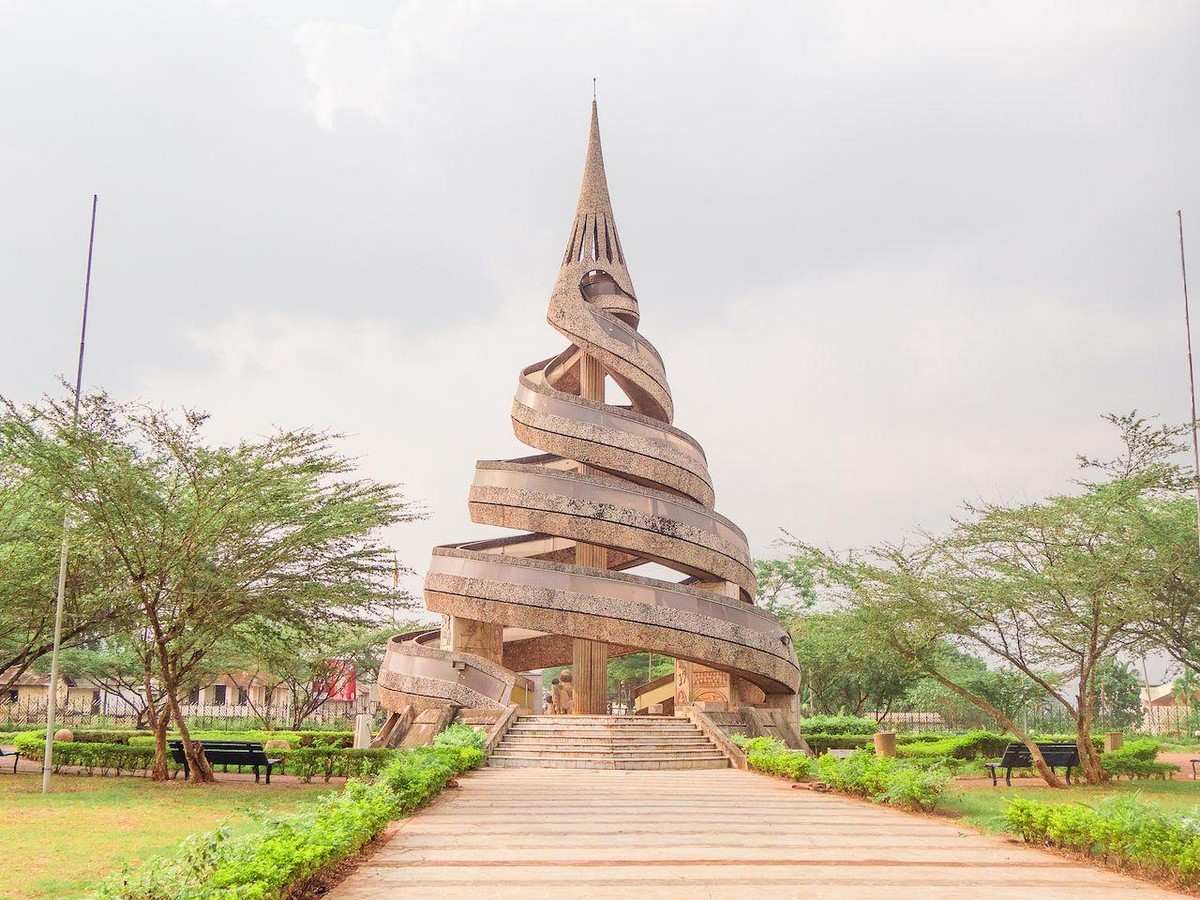
The Role of Technology in Urbanization
Technology, another facet of modernization, plays a pivotal role in reshaping urban environments. The concept of “smart cities” is gaining traction across Africa, with cities like Hope City in Ghana and Konza in Kenya attempting to blend environmental protection, energy efficiency, and economic sustainability. Digital platforms are being harnessed to provide services and functions associated with modern “smart cities.” The introduction of these technologies into urban areas, while bringing efficiency and convenience, can also undermine traditional architectural aesthetics.
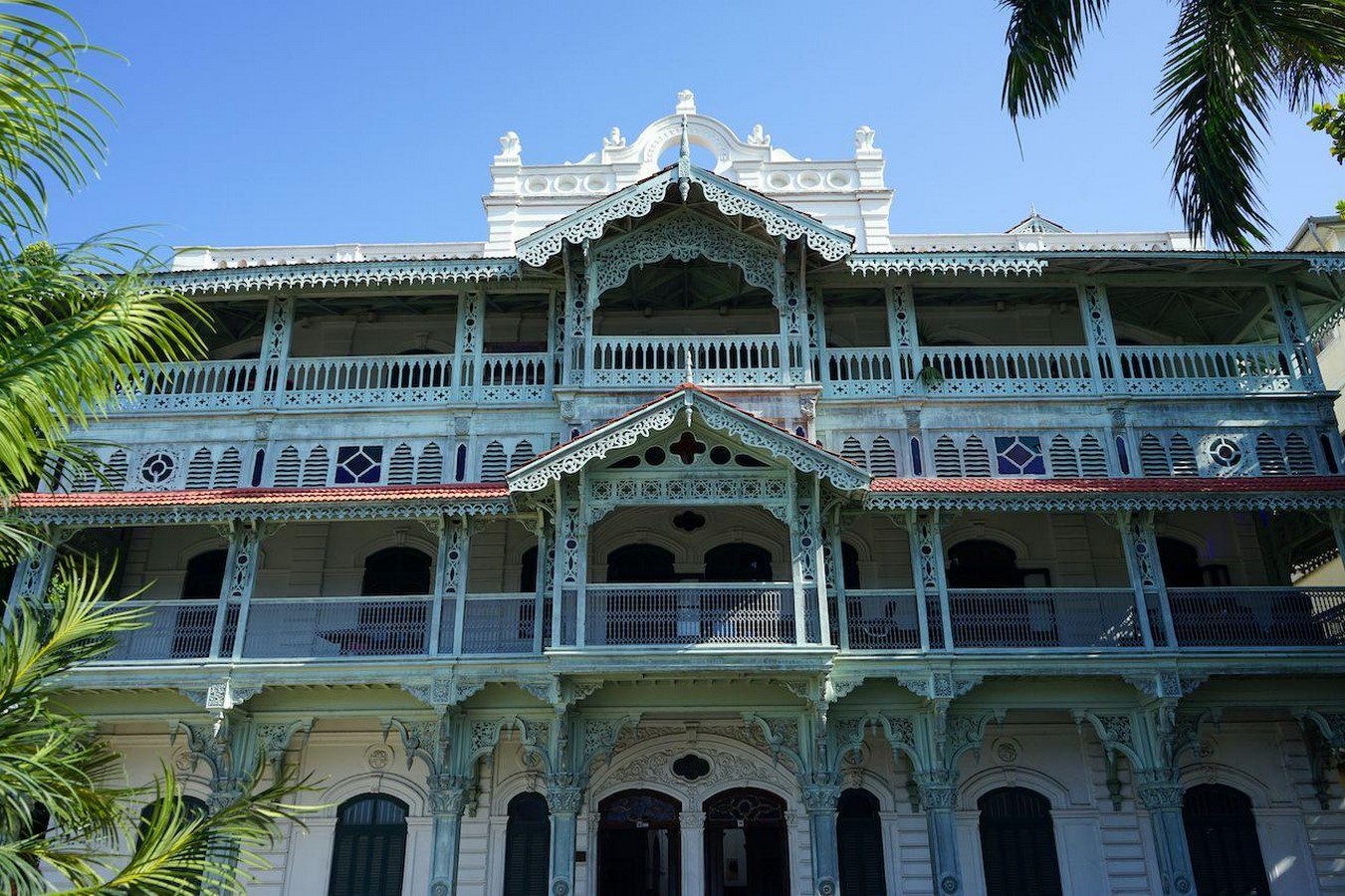
The Need for Local Development and Energy Access
It’s not just about cities; we need to bridge the gap between urban and rural areas for sustainable development, particularly in sub-Saharan Africa. While cities drive innovation and economic progress, it’s paramount to shield the agricultural sector from any negative repercussions.
Acquiring modern, inexpensive, and dependable electricity can significantly impact rural communities by fostering sustainable and locally-driven economic growth. Indeed, the presence of accessible energy might play a role in slowing down the trend of people migrating from rural to urban areas. Having energy access could potentially decelerate this movement.
The importance of energy cannot be emphasized enough—it holds the potential to alleviate poverty in rural areas and lessen reliance on particular commodities.
A holistic approach to urbanization, one that considers rural development, becomes crucial for preserving traditional architectural styles in the long run.
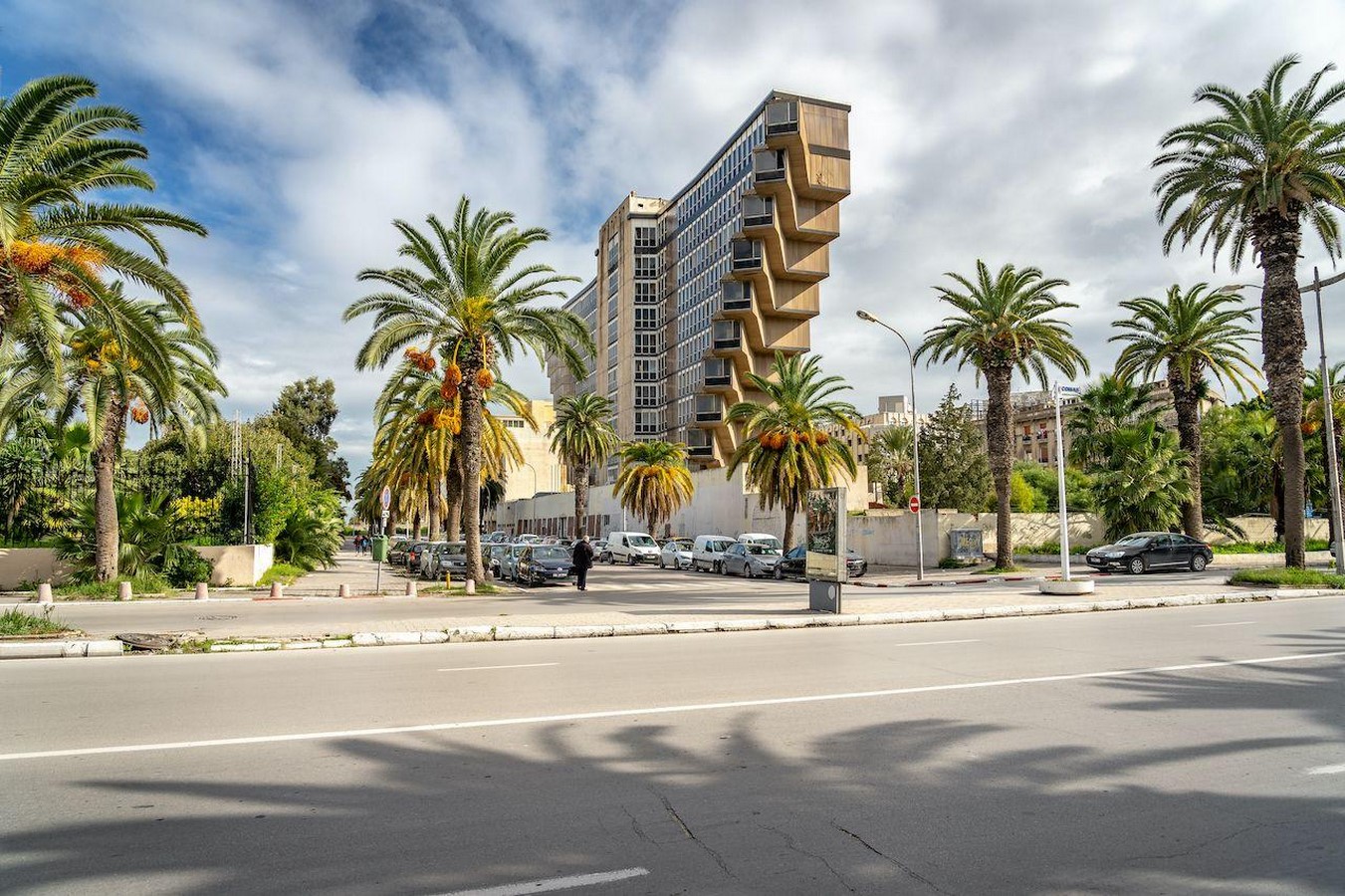
Challenges and Opportunities
The coexistence of modern architectural influences and traditional African architectural styles presents challenges, but it also offers opportunities. African cities are at a crossroads, and the choices made now will define their architectural legacy.
One approach to addressing this challenge is the integration of traditional architectural elements into modern designs. By incorporating traditional materials, construction techniques, and aesthetics, architects can create buildings that pay homage to the past while embracing the future. In this way, contemporary African architecture can be both functional and culturally significant.
Preservation efforts are also crucial. African nations need to recognize the historical and cultural value of their traditional architecture. Heritage conservation programs can protect historic buildings and encourage their adaptive reuse, allowing traditional architectural styles to thrive alongside modern developments.

Conclusion
The impact of modernization and urbanization on traditional African architecture is a complex and evolving story. African cities are simultaneously modernizing and facing the challenge of preserving their cultural heritage. The clash between traditional and modern architectural styles mirrors the broader tension between embracing development and safeguarding tradition. The key lies in finding a harmonious balance.
With Africa’s urban population experiencing exponential growth, the demand for sustainable development that honors cultural heritage has reached a crucial juncture. Meeting this challenge necessitates meticulous planning, substantial investment, and collaboration among architects, urban planners, policymakers, and local communities. African cities find themselves at a pivotal moment, where the decisions made today will shape the architectural legacy passed on to future generations.
As they embrace the opportunities of modernization, African cities must also honor their traditions and continue to tell the story of their unique cultural identity through their architectural landscapes. It is a delicate balancing act that, if managed successfully, will enrich the tapestry of African urban life and leave a lasting legacy for the world to admire.
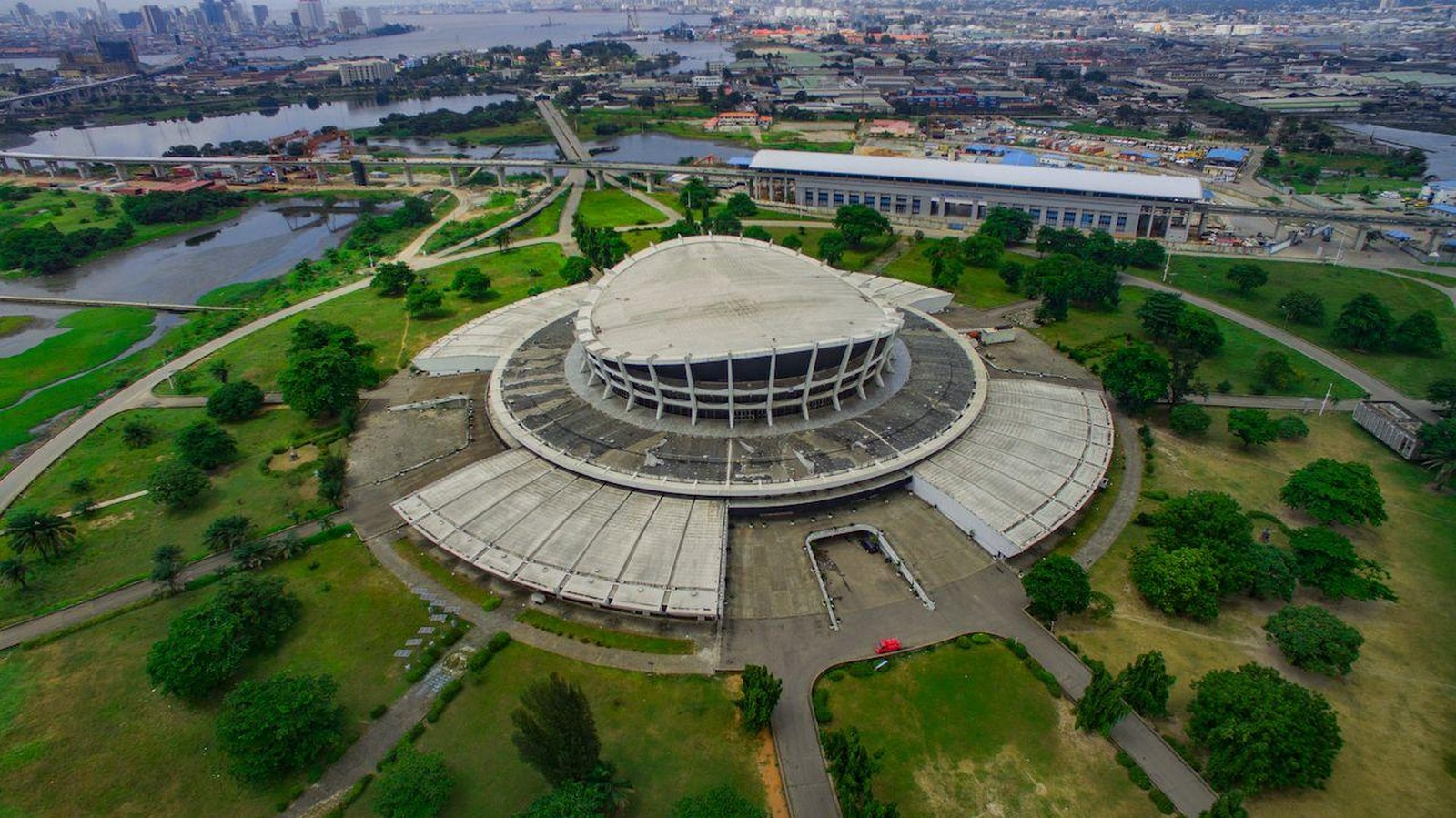
References
- Stringer, B. (2017). Villages and Urbanization. Architecture and Culture, 5(1), pp.5–20. doi:https://doi.org/10.1080/20507828.2017.1299435
- Mead, W.R. (2023). Africa’s future and the complex effects of modernization. [online] Boulevard Extérieur. Available at: https://www.boulevard-exterieur.com/Africa-s-future-and-the-complex-effects-of-modernization.html#:~:text=Modernization%20is%20not%20a%20process[Accessed 10 Nov. 2023].
- www.thenewhumanitarian.org. (2014). The New Humanitarian | Helping Africa’s urban poor gain from modernization. [online] Available at: https://www.thenewhumanitarian.org/analysis/2014/02/04/helping-africa-s-urban-poor-gain-modernization [Accessed 11 Nov. 2023].
- smu-facweb.smu.ca. (n.d.). 14 Modernisation. [online] Available at: http://smu-facweb.smu.ca/~wmills/course317/14Modernisation.html.
- Wikipedia Contributors (2019). Vernacular architecture. [online] Wikipedia. Available at: https://en.wikipedia.org/wiki/Vernacular_architecture.




















